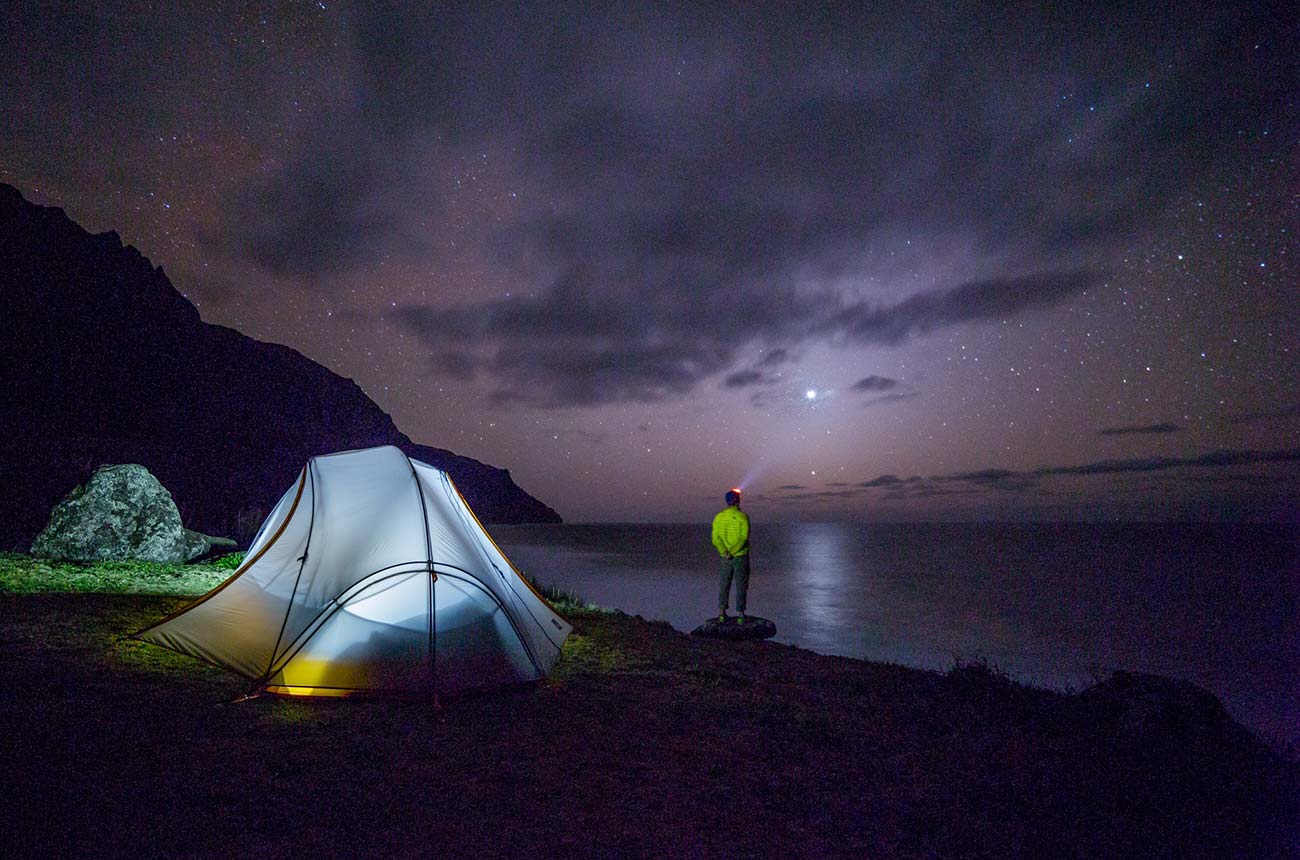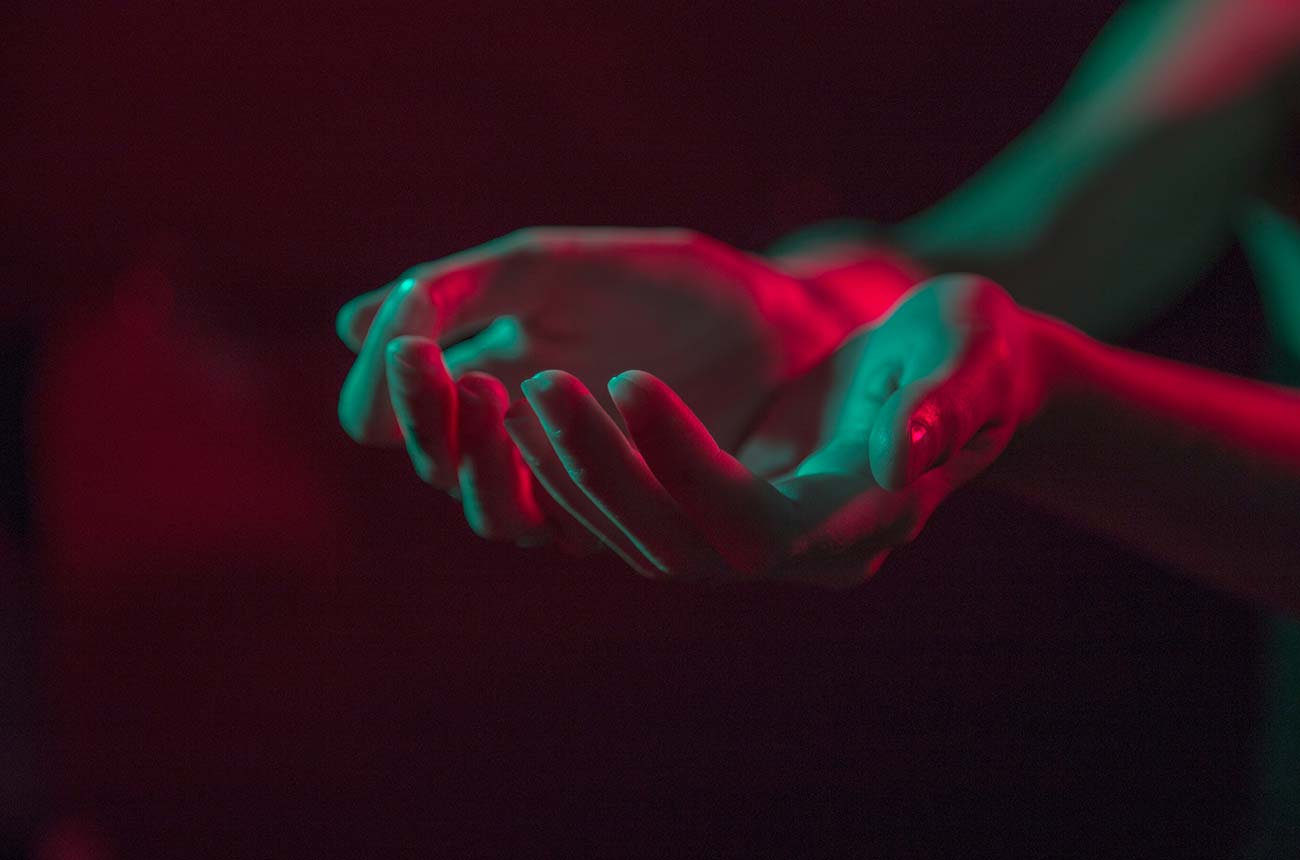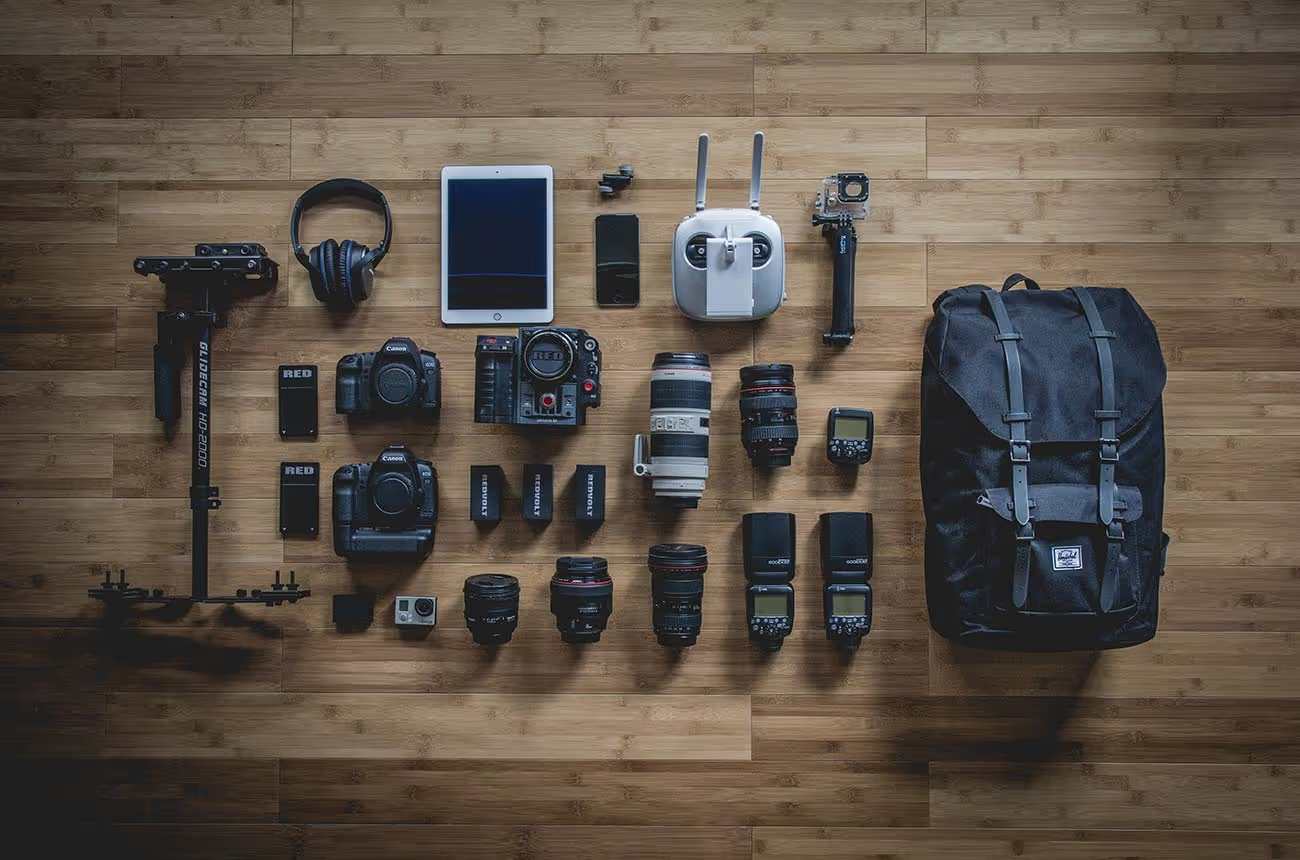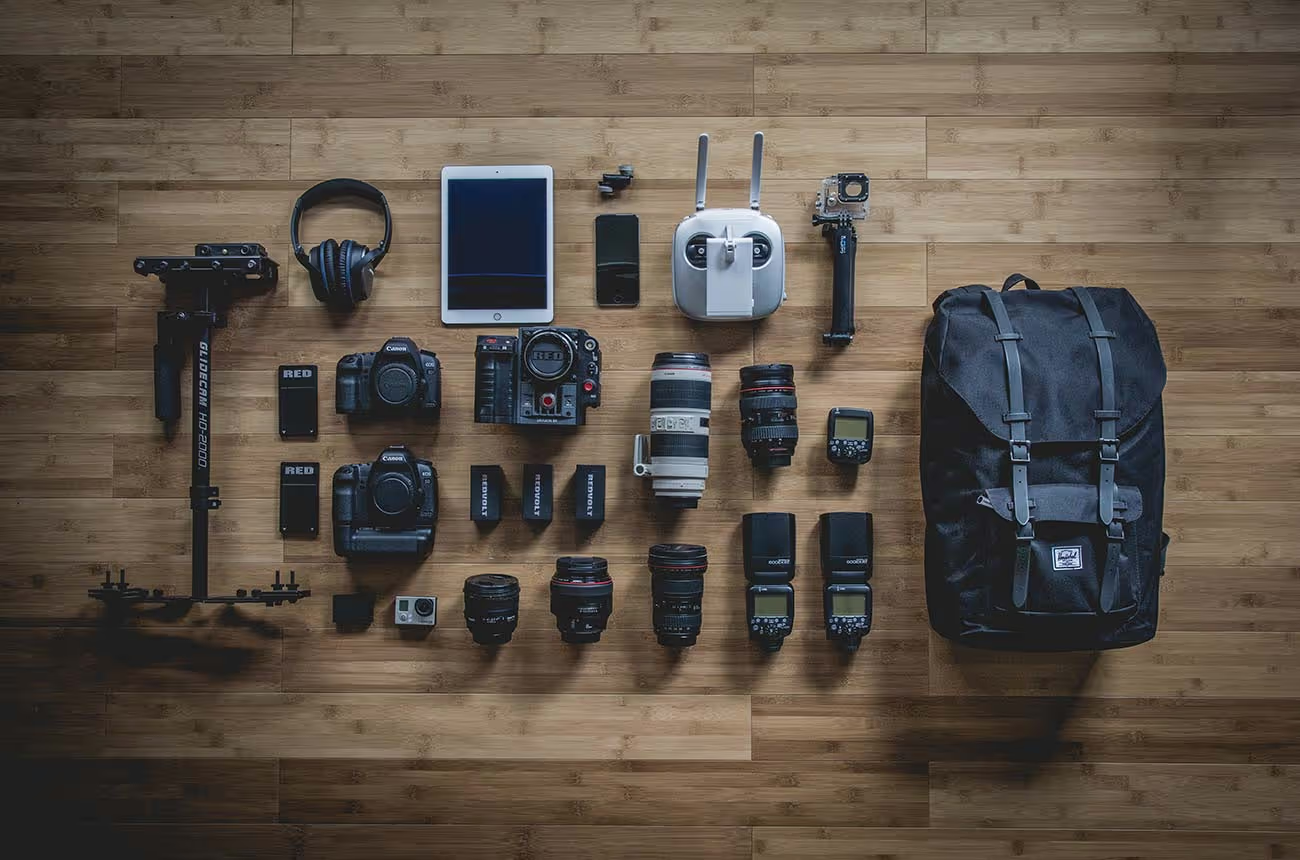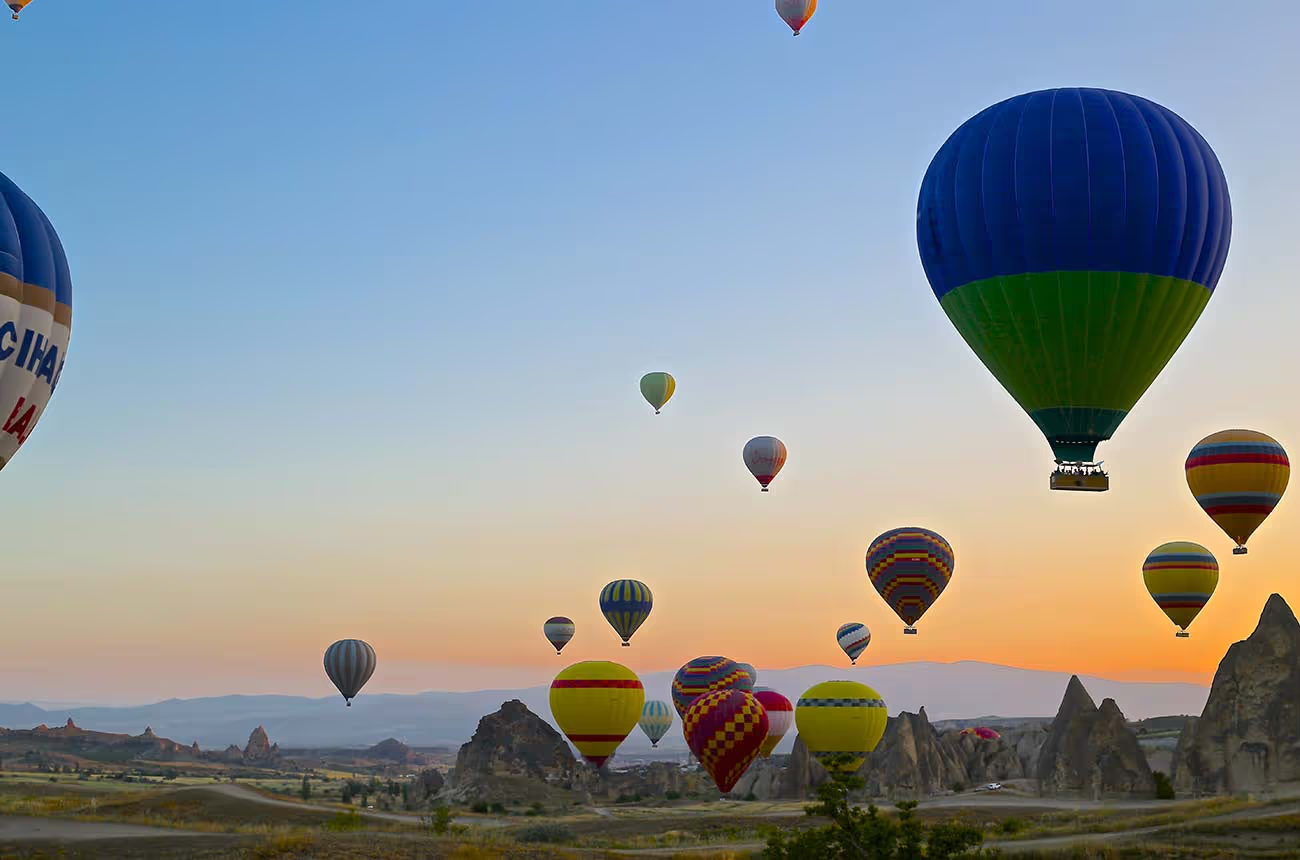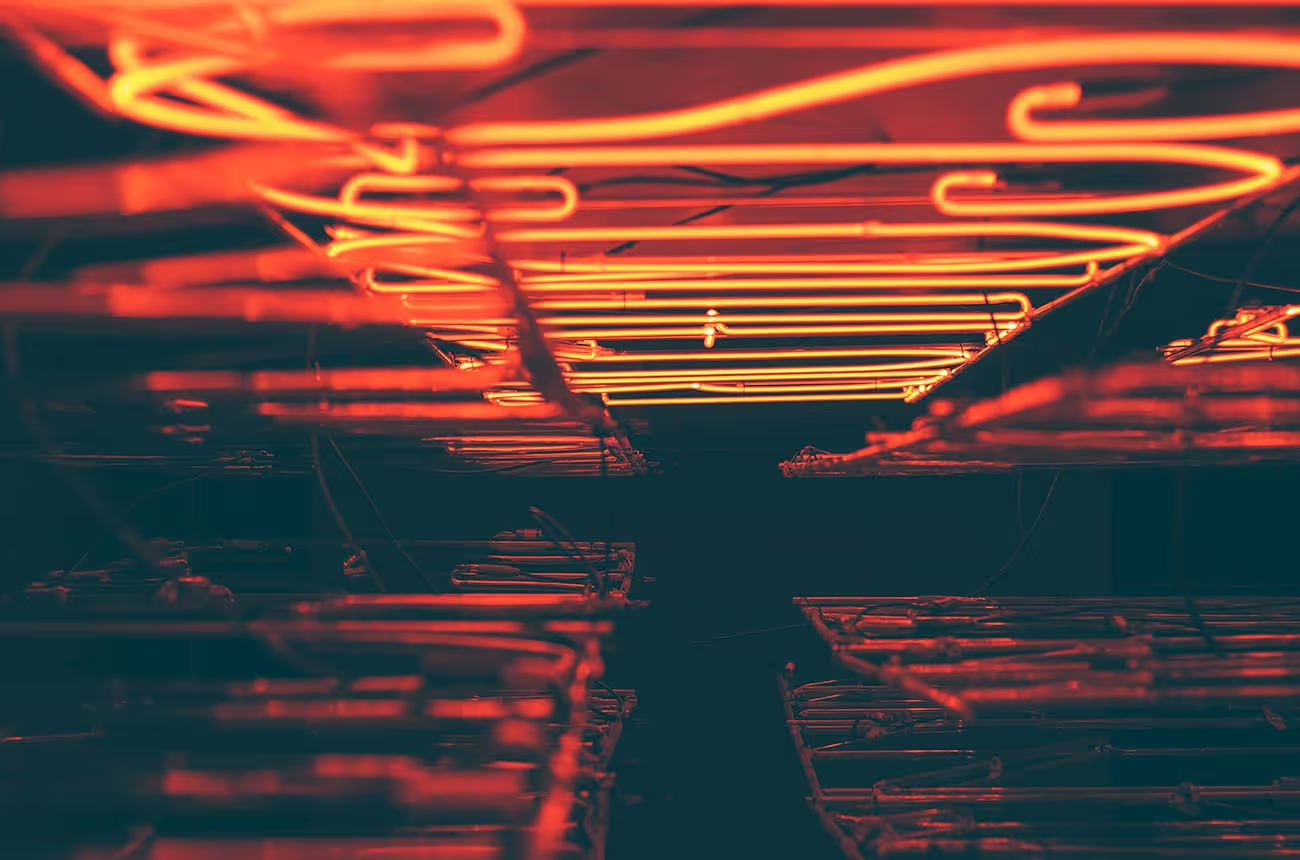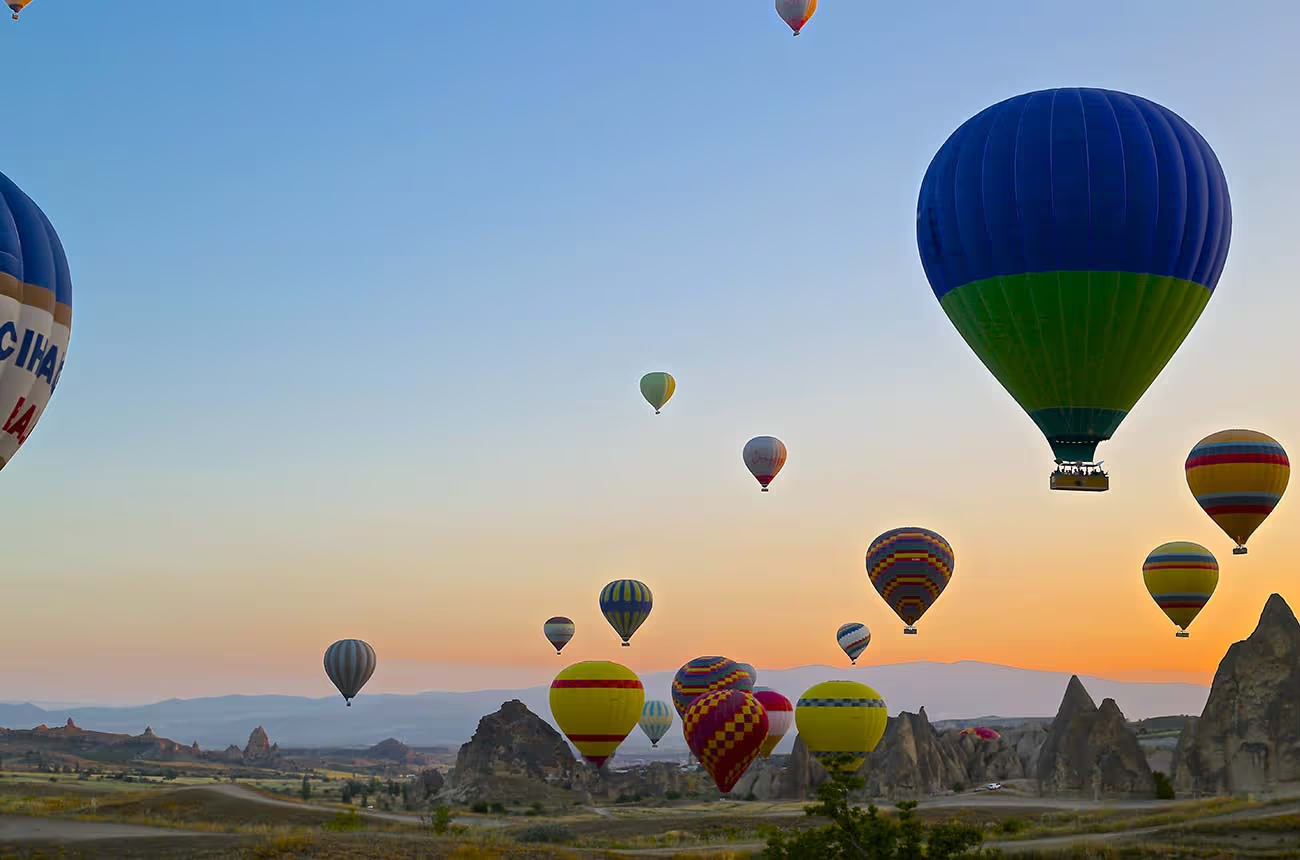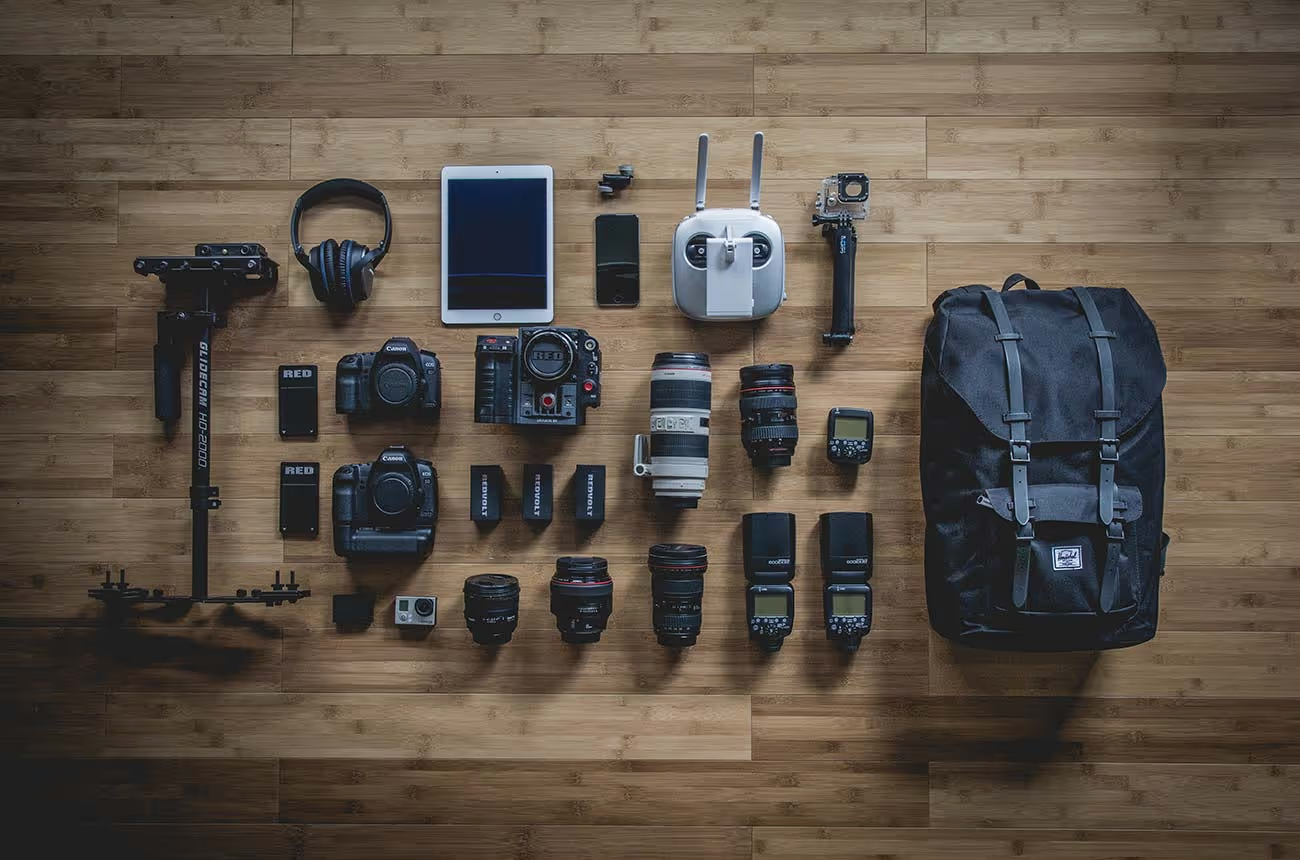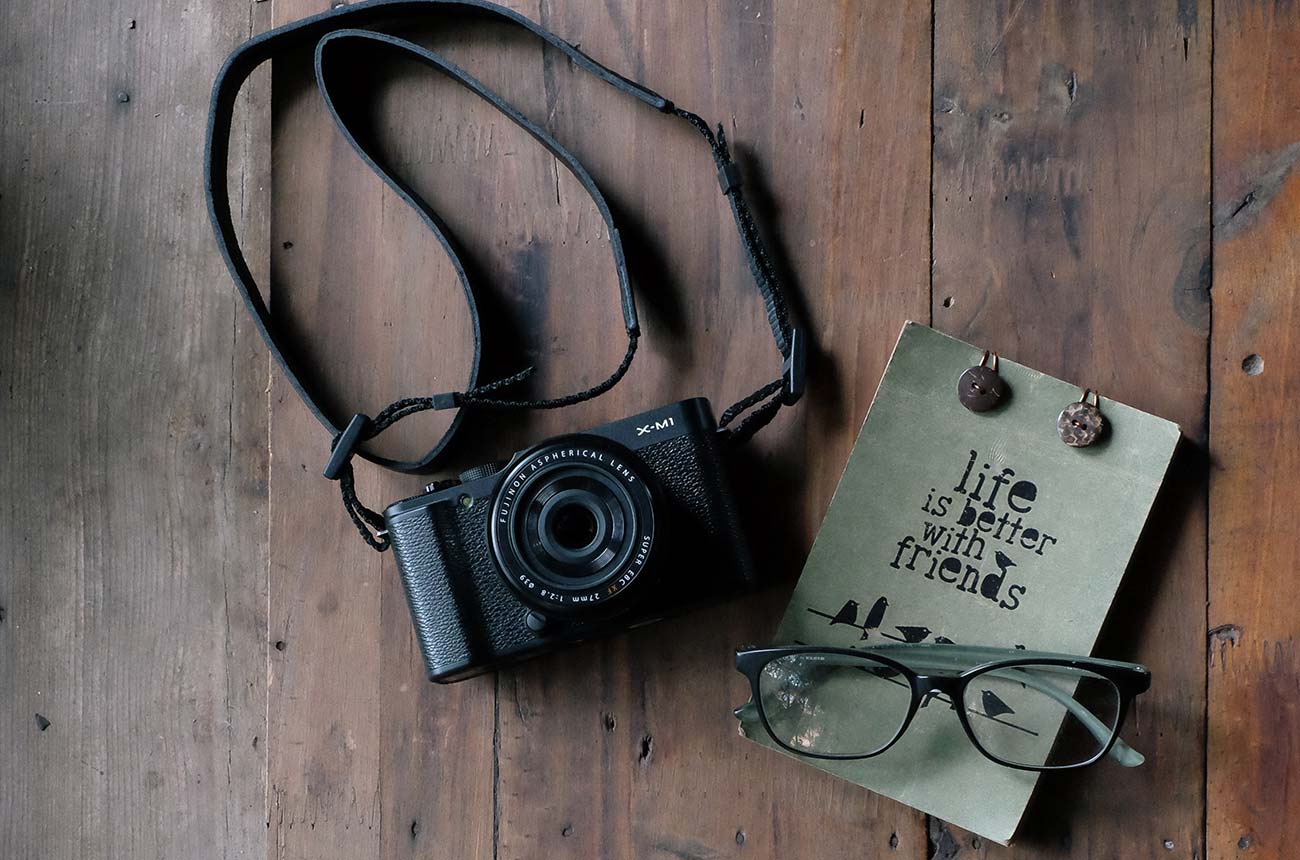
Working Out VFX
Over the past 20 years visual effects, or VFX, has grown from obscurity to common practice in the world of filmmaking. Techos' Guild Member Jan Sisley and NZTECHO editor Carolyn Brooke went along to the latest Guild workshop to find out what’s what in the world of VFX from VFX supervisor Charlie McClellan.
Filmmaking’s history is partly an account of liberating moments in the use of technology and tools, whether it is the introduction of the handheld Arriflex opening up new modes of storytelling for the French New Wave, or computer-generated imagery (CGI) bringing dinosaurs back from extinction to walk the earth once more.
We have transitioned into the digital world. While the option is still there to shoot 16mm black and white recording, imagery today is more often than not manipulated and/or created outside the context of a live action shoot. What was once costly, dangerous or simply impossible to capture on film can now be achieved with visual effects (VFX) using CGI.
VFX is no longer the domain of big-budget films. In recent years, with the introduction of affordable animation and compositing software, VFX tools have become accessible to independent filmmakers. Where computers and software required for creating effects once cost tens of thousands of dollars, now home computers can run software that can achieve the same result and is getting cheaper and cheaper.
In fact the plethora of imaging tools and platforms that exist today is almost overwhelming and allows filmmakers to create images in ways that have never been done before.
VFX supervisor and producer Charlie McClellan has watched the VFX transition over the past 20 years. His experience covers from the beginning of a project and pre-production through to final delivery. Titles he’s worked on include The Frighteners, Lord of the Rings, Whale Rider, Perfect Creature, 30 Days of Night, Legend of the Seeker and Under the Mountain.
“As we started getting into The Frighteners and the Lord of the Rings, computers were getting more and more expensive, we’re talking $40,000 to $60,000 for one computer box with a monitor that an artist could sit at, the software itself was somewhere around $10,000 to $20,000 per license.”
A loading fee (a per license maintenance fee) was on top and at an absolutely premium for what was effectively work in progress for the software developers.
“You were really paying them a huge amount of money to get the software to work.”
Spartacus is what Charlie has lived and breathed for the past four years. The show broke all the rules, he says. Here was this fast turn-around premium content television show based on a 300-style graphic version of Spartacus.
“We get delivered a script and within three or four weeks that script is being filmed – we’re shooting eight pages of dialogue a day.”
By the time the picture has locked, there is six to eight weeks to do effects.
Over the 39-episode, four-season series of Spartacus 13,255 VFX shots were created. In the final season there were 4,350 VFX shots, and the epic 53-minute series finale featured 935 VFX shots.
“I think we had 220 visual effects shots on The Frighteners, looking back now it was pretty easy with the technology we have today but back then it was a big deal.”
Massive, an artificial intelligence software program for productions, creates 3D models and gives each one a brain with a series of emotions, creating a simulation. Models can transition between emotions.
“When you multiply it by 10,000, the overall effect you get is quite impressive,” Charlie says. “You don’t wonder why one character is running away or why some characters are going in a different direction, you actually see the result of 10,000 unique emotions all at the same time.”
Massive was first used on Lord of the Rings, in the large-scale battle scenes between urak-hai and elves.
“The good thing for us on Spartacus was that we primarily had fighters with shields and swords like we did with urak-hai and elves at Weta in the pre-production phase of the Lord of the Rings trilogy,” he says. “In fact, we were lucky enough to find that the Massive software hadn’t appeared to have updated its source motion caption since then, thus making our Roman and rebel stunt soldiers match pretty well with the motion available in Massive.”
A shot of a soldier on fire during a battle might pass in a blink but a huge amount of work goes into producing the shot. It’s a technique utilised previously in Under the Mountain, Charlie says. The scene is first shot with the actor, then a stunt person on fire matching the actor’s movement is filmed at high speed on blackscreen. The fire is then extracted from the blackscreen and hand tracked onto the actor with other CGI added and a composite built from there.
“You may try a stunt double but the stuntie would be in such heavy protective clothing that a credible double isn’t really possible. I’ve had good success using layers of elements built up around the actor, who is filmed with interactive lighting, burned clothing and mid-burn makeup.”
While working with VFX and new technologies require rethinking a few issues, technology is there to serve the storytelling not divert from it. VFX shouldn’t even be noticed. Digital set extensions have to blend with onset photography not draw attention.
In the high-paced production schedule of Spartacus, processes helped. Standardised lighting was one, key light came from one direction and could be adjusted for night and for day.
“To be honest I think it can be a bit frustrating for a DoP, but we had to handcuff them because we just couldn’t manage that quantity of unique matte environments to build inside the computer.”
On a show like Spartacus, five to eight episodes could be live across pre-production, principle and post at any one time, with thousands of backgrounds, shots, versions, and animations.
“Just keeping track of all the information and storytelling requirements is mind spinning.”
Spartacus’ visual style changed from the early episodes to a more naturalistic or even hyper-real look by the end of the first series, following calls from producers. “This added more pressure on VFX because we had assumed we could cut corners with our keys etc and would be laying in lots of grain and texture. You can get away with a lot but if you dial it back a lot of warts can show.”
When it comes to preparation, Charlie says pre-visualisation (pre-vis) can tell you what is needed on set, typically how to shoot the elements to achieve a particular shot, as well as what is required in visual effects. But it is ‘garbage in garbage out’. Unless you design the pre-vis shots using virtual representations of actual cameras, rigs, and stages, and then stick to that plan when on set on the day, it can be a waste of time. So you need to know what you need to get out of pre-vis, Charlie says. With Spartacus, post-visualisation or shot layout was otherwise the most critical thing to success.
“Images from set essentially can be worked on minutes after they are shot, there is no reason to wait for editorial to deliver those images to VFX – there is too much to do and too much to sort out,” he says. “In fast-turnaround TV, what comes where the set ends and the greenscreen starts isn’t always able to be pre-visualised before a scene is shot, so you need to think of a workaround to this reality.”
Charlie says he figured out a long time ago the only way to get through with any sanity at all was in this critical period between the start of the shoot of an episode to its lock picture... it was here that this entire look development process had to be finished.
“A concentrated design process with a talented small team of artists allowed us to create all the formulas, prototypes, and elements needed for mass production.”
The key four people to agree on it are the director, the art director, the cinematographer, and the producer.
Often, due to a lack of basic understanding, some decisions made both in pre-production and on set are not made wisely. It can result in either budget blow-outs or disappointing results. For example, an eye gouging wound in Spartacus that was created using prosthetics had to be enhanced digitally at extra expense in order to get the right look. It is important to know when and where VFX is the right choice for a project. On limited budgets, there are certain rules that should be followed, Charlie says, like blocking scenes to minimize blue/green screens wherever possible, avoid costumes with similar tones to lit screens and allowing time for shooting elements properly for tricky scenes. But Charlie is also the first to acknowledge, the shot needs to be looked at as a whole.
“I have stood up and said ‘excuse me, can we go again for VFX’ when the stunt was dangerous and where it was spot-on perfect for every other department,” he says. “I look back and think ‘what an idiot’, I should’ve kept my mouth shut, we were able to tweak it in post – you’re always learning.”
There are certainly times too though when conferring with shooting crew about aspects like shooting height or lens size, has certainly paid off later. The elements have to work with one another in a composite.
As budgets are squeezed and expectations increase, solutions need to be explored and found in pre-production. Charlie says the good/fast/cheap paradigm sums it up – you typically only get two of the three.
“Fast and inexpensive are becoming the norm, so the only thing we have left to fight to protect is how good it’s going to be. Spartacus was by no means inexpensive, in fact it probably had one of the largest VFX budgets in the history of series TV, but when coupled with the ambitious storylines, things were always going to be hard.”









